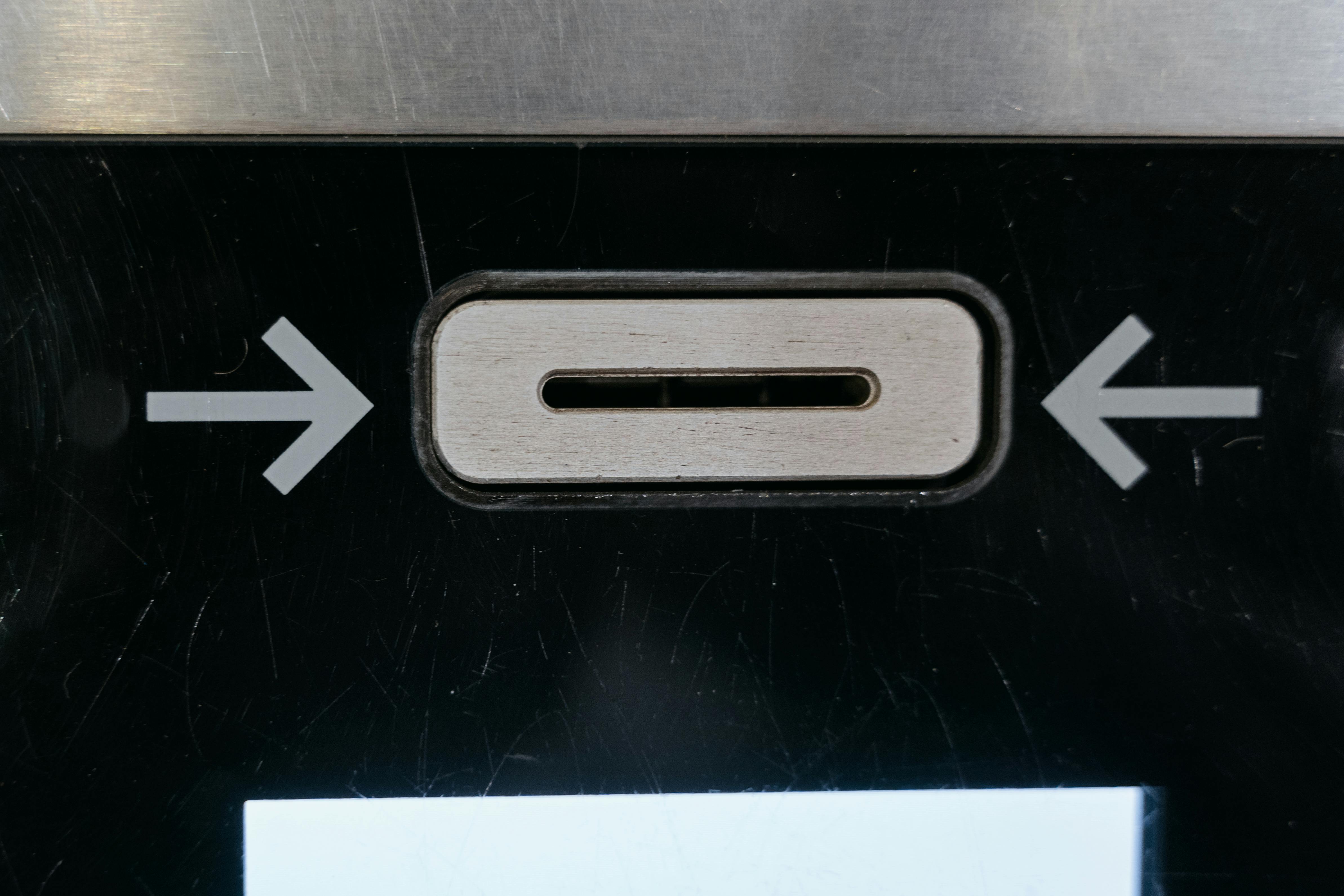
Understanding Hip Pain: Causes and Symptoms
Hip pain can be a significant impediment to restful sleep, impacting both physical comfort and overall well-being. It can stem from various causes, including arthritis, bursitis, or even strains and sprains from daily activities. Recognizing these underlying issues is crucial, as it shapes the approach to alleviating discomfort. Common symptoms include sharp pain in the hip area, stiffness, and swelling, often aggravated during the night. Such discomfort can disrupt sleep patterns, making it essential to identify effective strategies for relief.
Understanding how hip pain affects sleep is vital; discomfort can lead to night-time awakenings, contributing to fatigue and reducing the quality of life. In this article, we will explore effective ways to relieve hip pain while sleeping, including the best sleeping positions, exercises, and other strategies to ensure you can rest comfortably without disturbance.
Effective Sleeping Positions to Relieve Hip Pain
Finding the right sleeping position is essential for managing hip pain at night. While some positions may offer relief, others can exacerbate discomfort. It’s beneficial to explore various positions and how they can impact hip pain.
Side Sleeper Strategies
For side sleepers, using pillows for hip support is crucial. Placing a pillow between the knees can help maintain proper pelvic alignment and reduce strain on the hips. This position can alleviate pressure points and improve overall comfort. Additionally, those with hip pain may want to alternate sides throughout the night to avoid aggravating a specific hip joint.
Back Sleeping Techniques
Sleeping on your back can be a comfortable position for those with hip pain when combined with the use of orthopedic pillows. A pillow beneath the knees can take pressure off the lower back and soothe the hip joints. Moreover, practicing good sleep hygiene by ensuring a supportive mattress for hip pain can enhance overall sleep quality.
Avoiding Problematic Positions
Certain sleeping positions can lead to increased pain and discomfort. For instance, sleeping on your stomach can strain the hips and back. It’s vital to avoid positions that leave you waking in pain, emphasizing the importance of understanding your body’s response to various postures.
Incorporating Stretching and Exercises for Hip Pain
Regular stretching and targeted exercises can play a significant role in managing hip pain and improving flexibility. Engaging in specific movements before bed can enhance comfort during the night.
Hip Stretches Before Bed
Incorporating hip stretches before bed can alleviate muscle tension and improve your range of motion. Gentle stretches targeting the hip flexors and groin muscles can prepare the joints for sleep. Aim for a combination of static and dynamic stretches to bolster joint health and flexibility.
Effective Warm-Up Exercises
Before winding down for sleep, engaging in warm-up exercises helps strengthen the hip muscles and joints. Simple movements such as leg lifts and controlled rotations can significantly reduce discomfort. These exercises strengthen muscles and promote joint lubrication, which is vital for overall hip health.
Alternative Techniques: Foam Roller for Hip Pain
Using a foam roller can provide added relief by relieving muscle tension in the hips. This method improves blood flow and aids in recovery. Learning how to use a foam roller effectively can be a game-changer for those suffering from pain.
Exploring Treatment Options for Hip Pain Relief
When lifestyle changes and home remedies fall short, various treatment options can assist with hip joint pain solutions. Understanding and accessing these treatments can make a difference in managing chronic hip pain.
Physical Therapy for Hip Pain
Consulting with a physical therapist can provide a personalized exercise plan tailored specifically for your needs. They can offer targeted treatments to strengthen the hip area and improve overall mobility.
Heat and Ice Therapy Techniques
Heat therapy can soothe tired muscles while ice therapy can reduce inflammation. Locating the right balance between these two methods can significantly alleviate pain. Regular application, particularly before bedtime, can enhance your comfort level during sleep.
Medication and Supplements
Anti-inflammatory medications may provide temporary relief from hip pain symptoms. Additionally, exploring natural supplements for joint pain may assist in reducing inflammation. It's essential to discuss with medical professionals for tailored advice.
Bedtime Routines for Better Sleep with Hip Pain
Establishing a calming bedtime routine can significantly improve sleep quality and comfort, particularly when dealing with hip discomfort.
Importance of Sleep Hygiene
One of the most effective strategies is to maintain a consistent sleep schedule and create a comfortable sleep environment. Adequate sleep hygiene, including reducing screen time before bed, may help in managing hip pain while promoting overall wellness.
Relaxation Techniques for Hip Pain
Practicing relaxation techniques, such as mindfulness or low-intensity yoga, can help ease mental tension connected to pain. These exercises can create a sense of calm, which is conducive to better sleep.
When to Seek Medical Advice for Hip Pain
If pain persists despite home remedies and lifestyle adjustments, consulting healthcare professionals is vital. Understanding signs that may necessitate medical attention can help prevent more significant issues from developing.
Conclusion: Finding Comfort in Sleep with Hip Pain
Navigating sleep with hip pain can be challenging, but numerous strategies exist to improve comfort and minimize discomfort. From understanding the impact of sleeping positions to engaging in beneficial routines and treatments, finding relief is possible. Prioritizing effective hip pain relief techniques can lead to a more restful night, enhancing both physical health and overall well-being.


